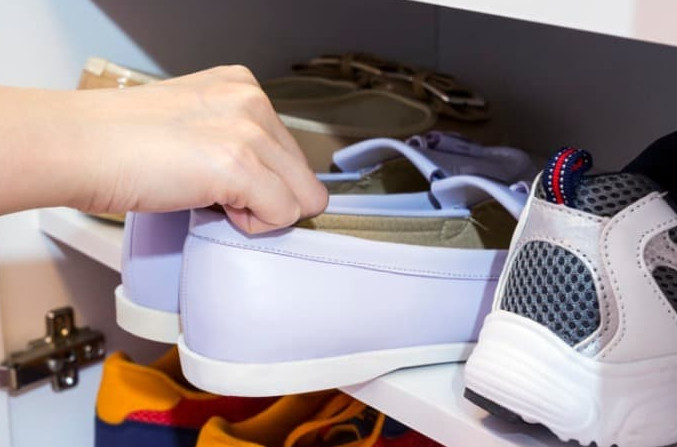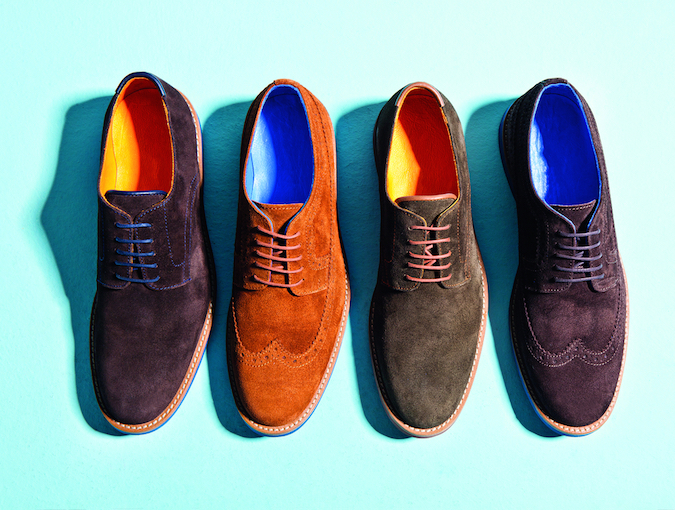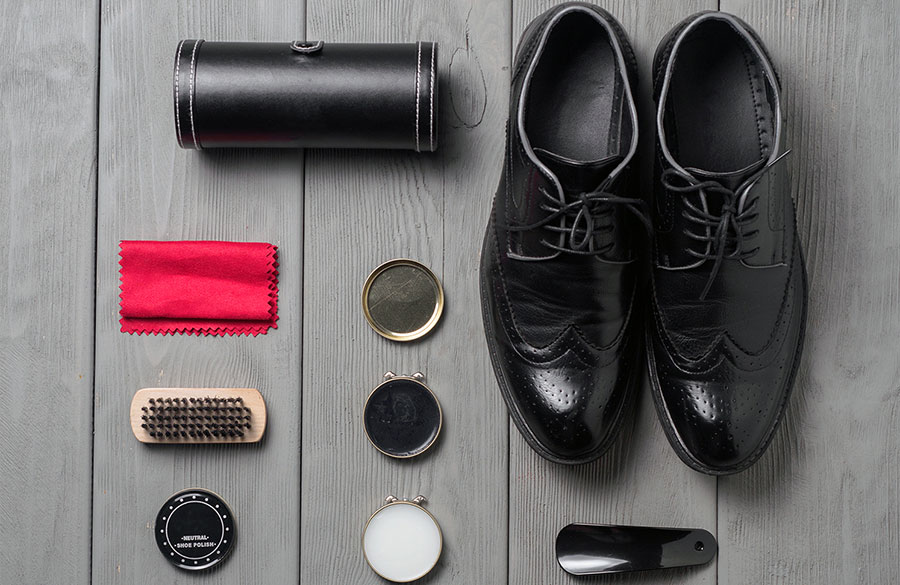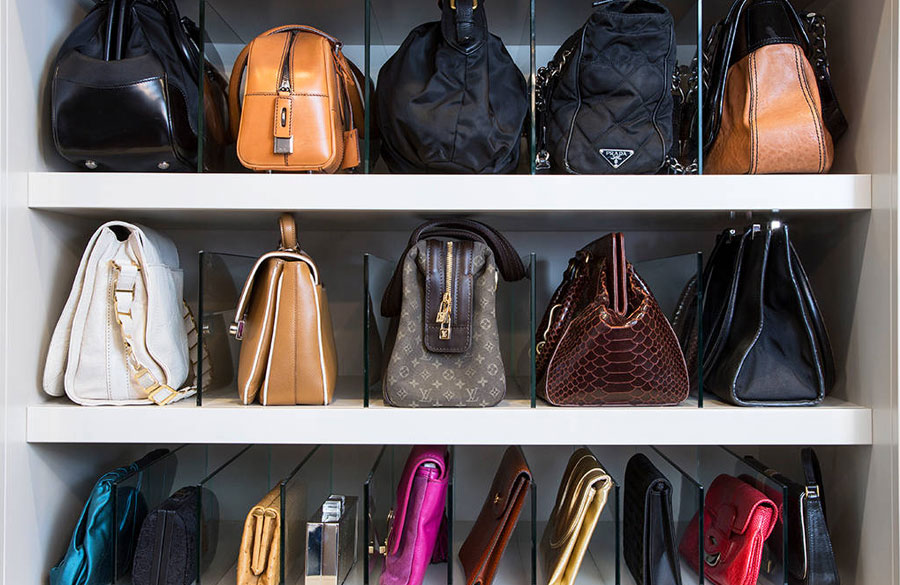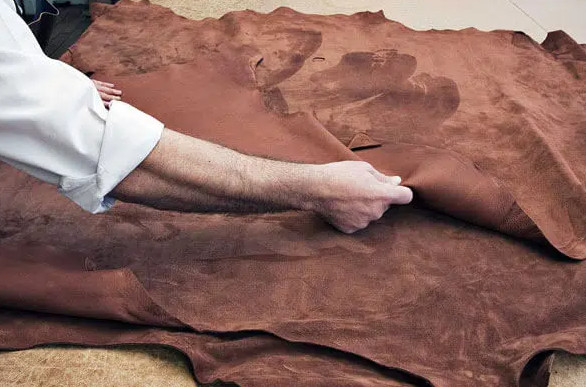When buying boots, consider these nine factors
When winter arrives, selecting boots becomes a necessity since the boots are specially designed for this season and provide high efficiency for use in cold, rainy or snowy weather. They can also provide comfort and foot support.
It can be challenging to choose a boot if you do not know exactly what you want. It is sometimes easier to cancel a purchase when we are unsure of our choice.
Consider these points when choosing boots:
1. Convenience
As a rule of thumb, if the boots are not comfortable, you won’t wear them. Brands that make comfortable boots should pay attention to the structure of the foot. Shoes with narrow toes are unsuitable for wide feet and will not make you feel comfortable.
2. Size
When choosing a great boot, size is an important consideration. Choose boots that are comfortable with the size of your ankle and ankle joint. If your feet are wide, choose boots designed for wide feet. In addition, you do not want your toes to be crushed in the boot, but the front of the boot should be a bit softer. Don’t forget that larger shrubs will stretch and expand over time.
As the size of your legs may change due to weight fluctuations, measuring the length, width, and arch of your legs is very important. It is important to measure both feet, because the left and right feet may not always be the same size. Moreover, you should buy boots in the afternoon or evening. Your legs become swollen during the day as you exercise. Finally, when testing boots, wear socks to ensure that the shoes are still comfortable with a layer of socks on.
3. Materials and boot construction
Choose the best material when buying boots. Leather is stronger, more durable, and more flexible.
You should choose a material that not only fits your lifestyle but also your desire to take good care of its ingredients. After wearing leather boots, they become soft and foot-shaped, but you have to be careful not to crack them. While synthetic materials are easier to maintain, they do not have the classic shine of leather boots.
4. The heel of the foot
can be very attractive, but they can also be very uncomfortable at times. Keep in mind that you should buy boots with a heel that is the right height for you, not something that is fashion-driven.
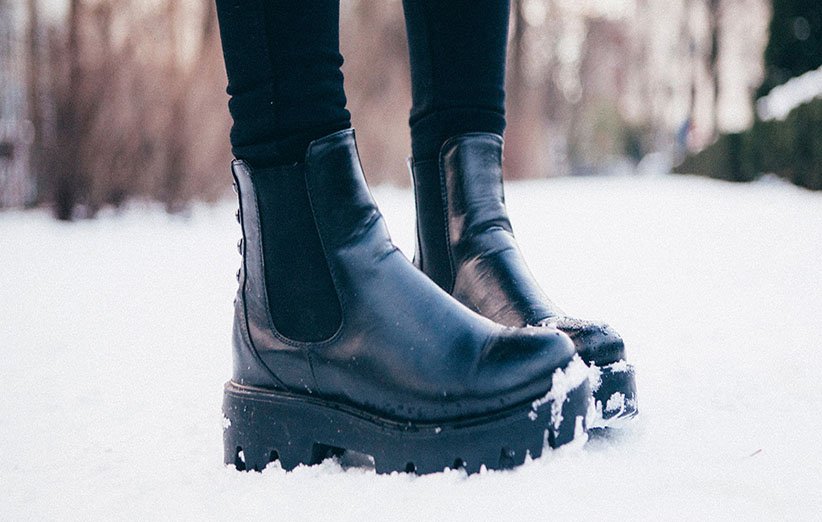
5. Foot arch support
Support your leg arch model, otherwise you will have a problem.
6. Boot type and thumb type
For slim feet, a boot with a narrow toe is better.
A boot with a square toe works best for wider legs.
It has a round toe model and is right between the two and is suitable for both narrow and wide legs.
7. Walking comfort
When buying boots, make sure that they are comfortable for you to walk in. Foot pain is the worst. Your boots should fit snugly on your feet, but not so tight that they cut off blood flow to your feet.
8. Insole shoes
have an insole that touches the sole of the foot. All parts of the foot are covered by a good insole, but it remains flexible and adapts to the movement of the foot. Whenever you try on a boot, move around the store to see how comfortable it is. You should also stand on your toes to make sure your toes have enough room to stretch without pressing on the toe and top of the shoe. Check that your heels are moving in the shoe by pulling your heels up as if you were climbing stairs. A good boot holds your heel in place so you can walk comfortably.
9. Choose a boot that is flexible.
Consider whether the boots you are considering are comfortable and, since both affect their comfort. A variety of ways can be used to perform this test, such as by bending the toe of the shoe upwards. The boot should be flexible enough to bend slightly, but not too much that it bends in the middle. Be sure that the boot you choose has a back arch, and always select a boot with wide and thick heels, as this helps maintain balance.
10. Wear a waterproof outer layer.
If you are constantly working outside, choose boots that have a waterproof outer cover. This waterproof material allows you to use your boots in any weather conditions, whether sunny or rainy. In addition, the shoes’ seams should be strong enough to protect the feet from getting wet and damp.

